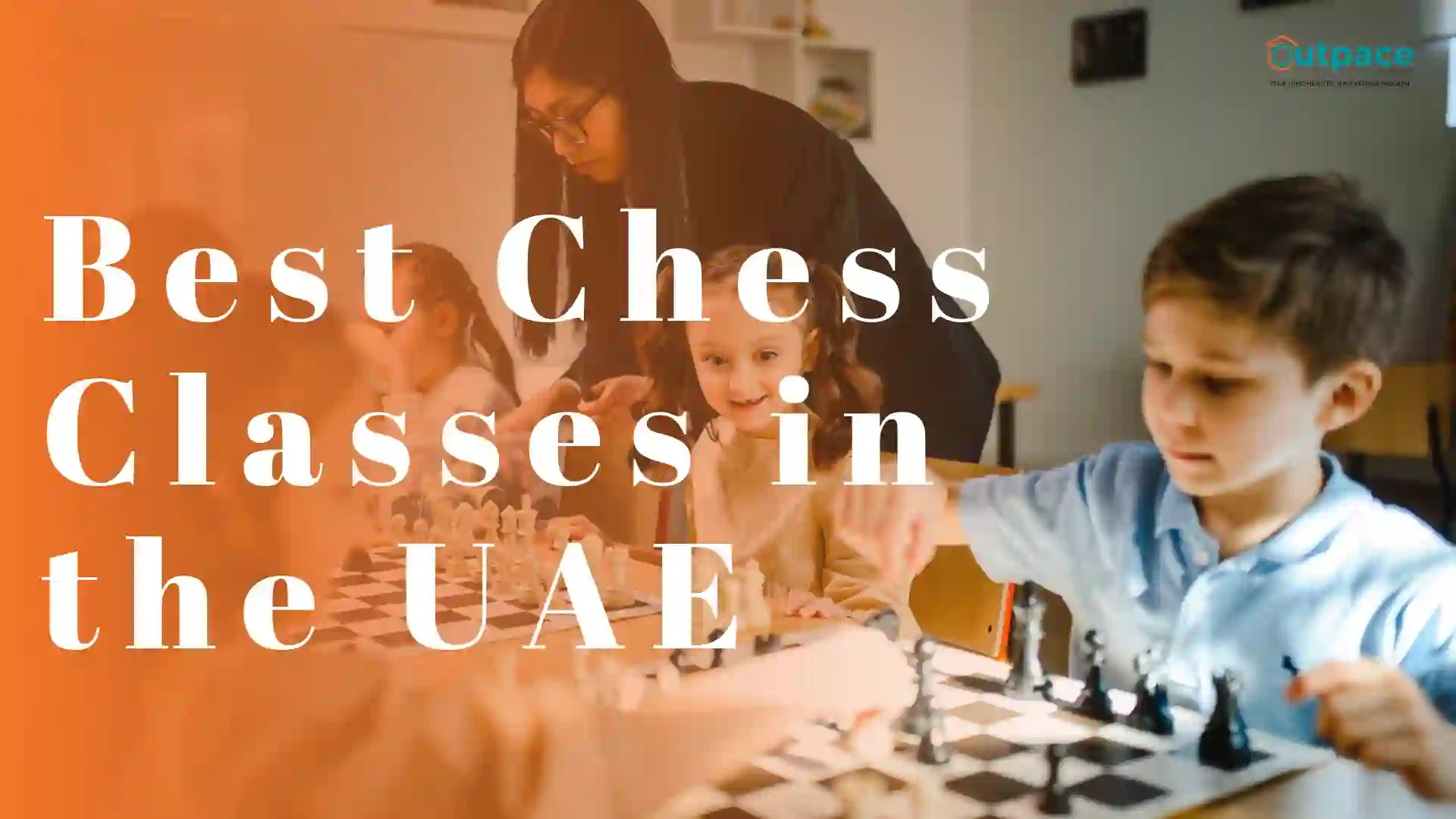
Have you ever wondered why some people can study with music on while others need complete silence? Or why do some folks learn better by watching videos, while others prefer reading a book? It’s all about different learning styles. Let’s dive into this fascinating topic and discover how understanding learning styles can make education more effective and fun!
What Are Learning Styles?
Learning styles refer to the various ways individuals absorb, process, and retain information. The most common learning styles include visual, auditory, and kinesthetic. By recognizing and incorporating these diverse learning styles into educational strategies, educators can create more engaging and effective learning environments, catering to the unique needs of each student. Embracing these different learning styles ensures a more inclusive and successful educational experience.
1. Visual Learning Style
Visual learners understand information best when they can see it. They love using diagrams, charts, pictures, and other visual aids. For them, information sticks better when it’s linked to images or spatial arrangements. Using color codes, mind maps, and videos helps them a lot. In the classroom, teachers can support visual learners by using multimedia presentations, flashcards, and illustrated texts. Seeing information laid out in a clear and organized way makes it easier for visual learners to connect ideas and retain knowledge.
At Outpace Academy, we recognize the importance of visual learning, especially in our chess classes. Our courses often include presentations and illustrated texts to support visual learners, ensuring they grasp and retain the material effectively. By visualizing chess moves and strategies through diagrams and interactive boards, visual learners can develop a deeper understanding of the game and improve their skills.
2. Auditory Learning Style
Auditory learners excel when they can hear and verbally process information. They prefer listening to lectures, discussions, and audio materials over reading written texts. This type of learner benefits from verbal repetition, reading aloud, and engaging in group discussions. Auditory learners often have strong listening and speaking skills, and they remember information better when it is presented through sound. To cater to auditory learners, educators can use techniques such as storytelling, podcasts, and verbal explanations. Encouraging these learners to participate in discussions, recite information aloud, and use mnemonic devices can enhance their learning experience. By creating an auditory-rich learning environment, teachers can help auditory learners absorb and retain information more efficiently.
3. Kinesthetic Learning Style
Kinesthetic learners learn best through hands-on activities and physical experiences. They prefer to engage in tasks that involve movement, touch, and exploration. These learners often excel in activities that require physical coordination and manipulation of objects. Kinesthetic learners benefit from experiments, role-playing, and interactive simulations. They tend to remember information better when they can physically interact with the material they are learning. In the classroom, teachers can support kinesthetic learners by incorporating activities such as building models, conducting experiments, and using educational games. Providing opportunities for movement and hands-on experiences helps kinesthetic learners stay engaged and absorb information more effectively.
4. Reading/Writing Learning Style
Reading/writing learners prefer to absorb information through written words. They thrive on reading texts, taking notes, and writing down information. This learning style involves a preference for reading books, articles, and other written materials, as well as expressing knowledge through writing. Reading/writing learners benefit from organizing information in lists, summaries, and written outlines. They often excel in tasks that involve extensive reading and writing, such as essays and research papers. To support reading/writing learners, educators can provide ample reading materials, encourage note-taking, and assign written tasks. Allowing these learners to engage with information through reading and writing helps them process and retain knowledge more effectively.
5. Multimodal Learning Style
Many individuals do not fit neatly into a single learning style category and instead exhibit a combination of different styles. These learners are referred to as multimodal learners. Multimodal learners are flexible and can adapt their learning preferences based on the context and subject matter. They benefit from a variety of instructional methods, incorporating visual, auditory, kinesthetic, and reading/writing elements. To cater to multimodal learners, educators should use a diverse range of teaching techniques and resources. By incorporating multiple learning styles into their instructional approach, teachers can create a more dynamic and inclusive learning environment that meets the needs of all students.
Conclusion
Understanding different learning styles is essential for creating effective and inclusive educational experiences. By recognizing and accommodating the diverse ways in which students learn, educators can enhance engagement, retention, and overall academic success. Visual, auditory, kinesthetic, and reading/writing learning styles each offer unique strengths and preferences. Incorporating a variety of instructional methods and materials ensures that all learners have the opportunity to thrive. Embracing multimodal learning styles further enriches the educational experience by providing flexibility and adaptability. By fostering an environment that values and supports different learning styles, educators can empower students to reach their full potential and achieve lifelong success.



